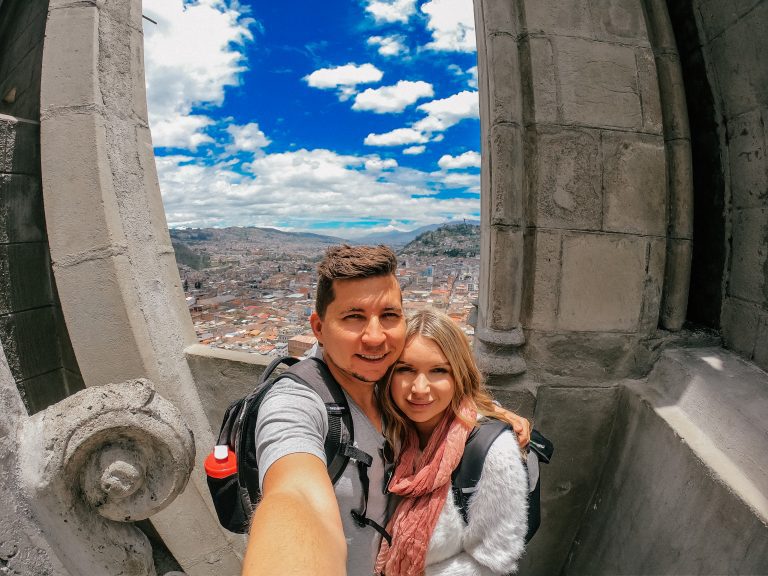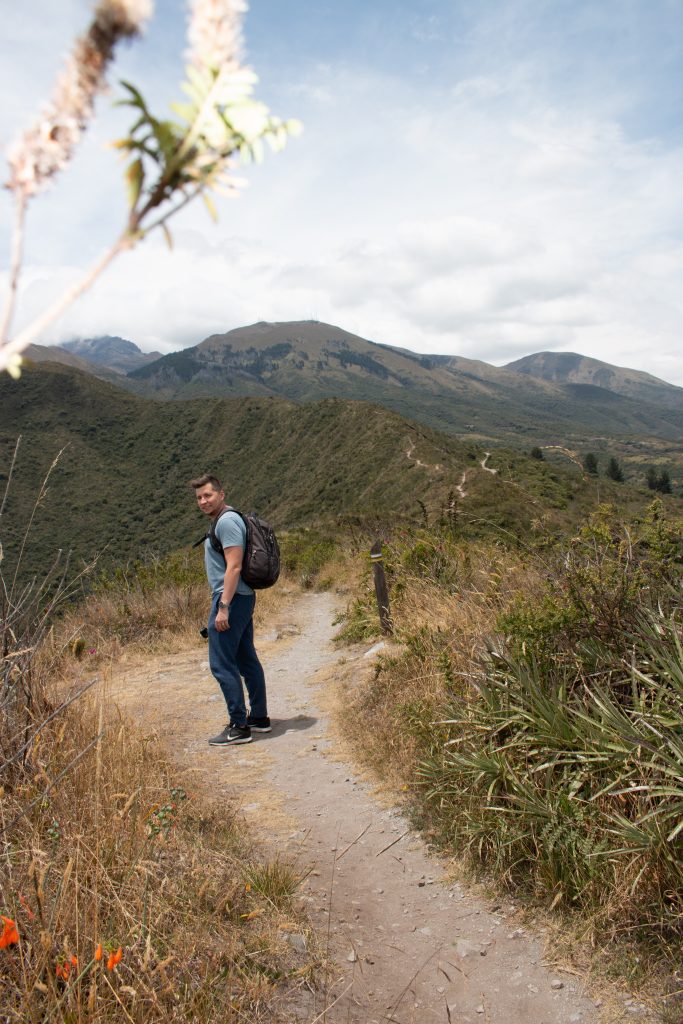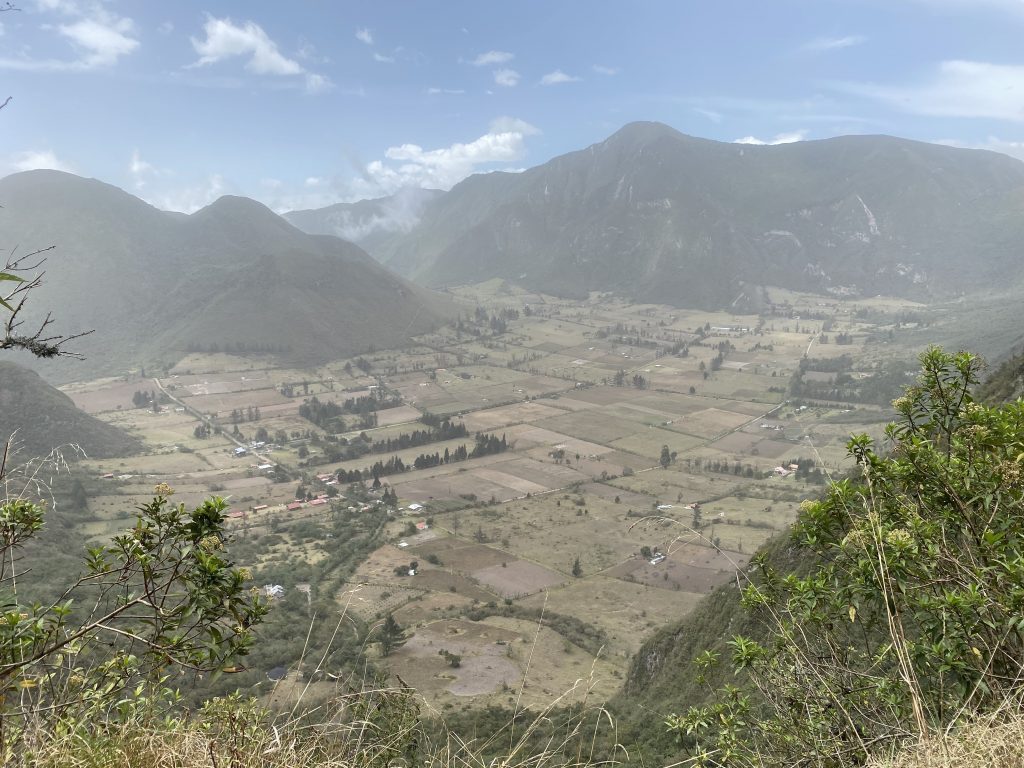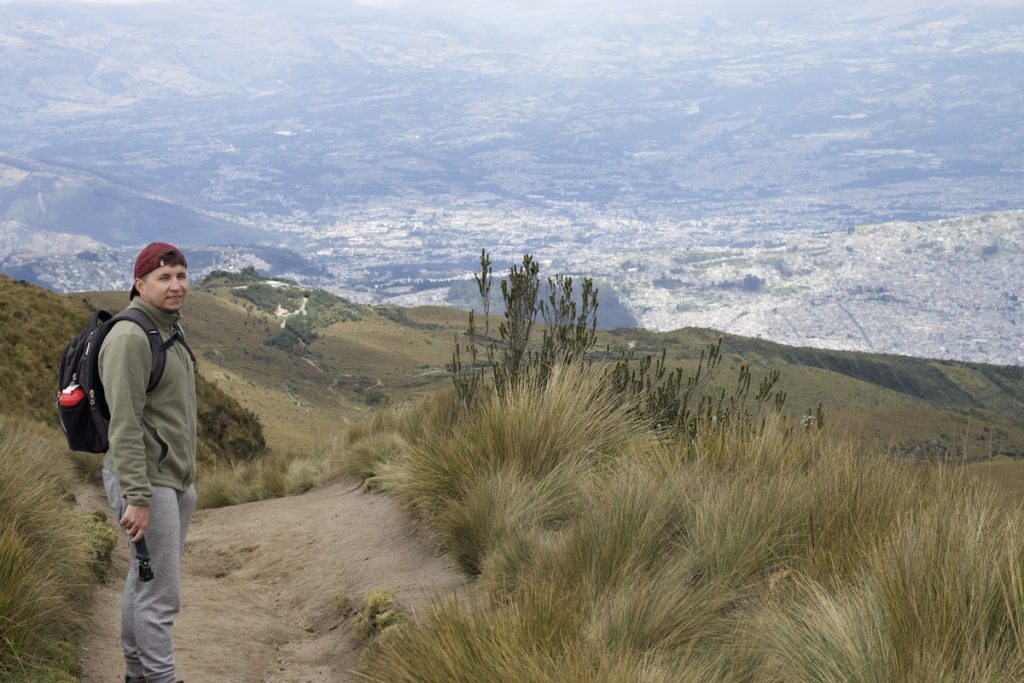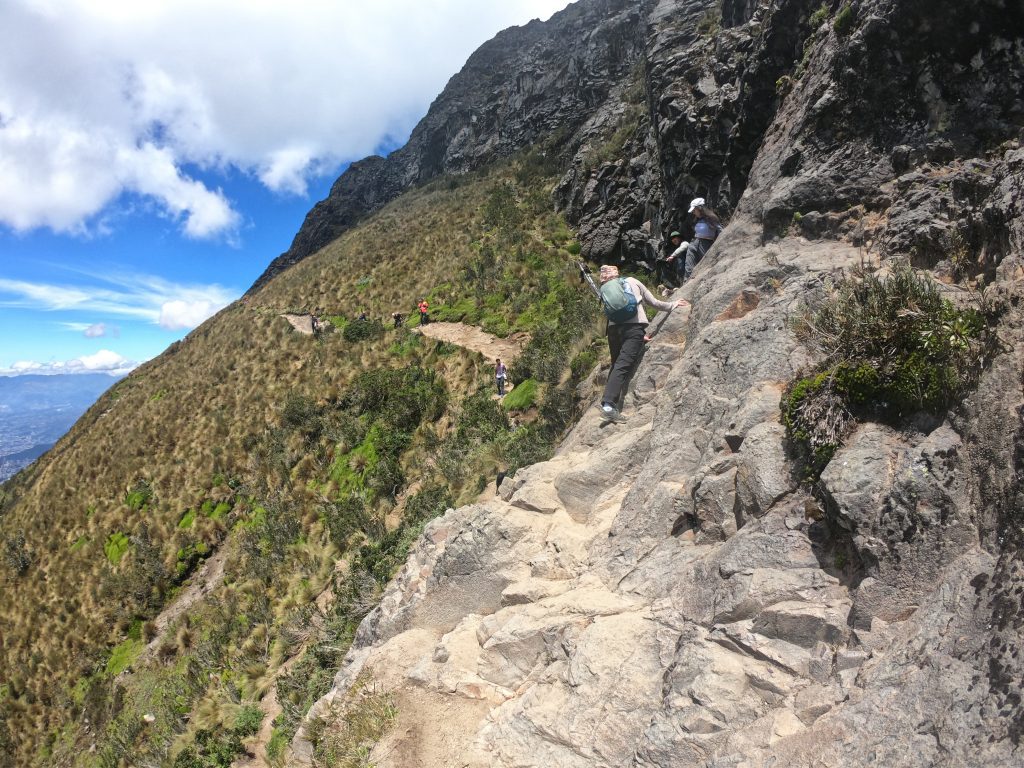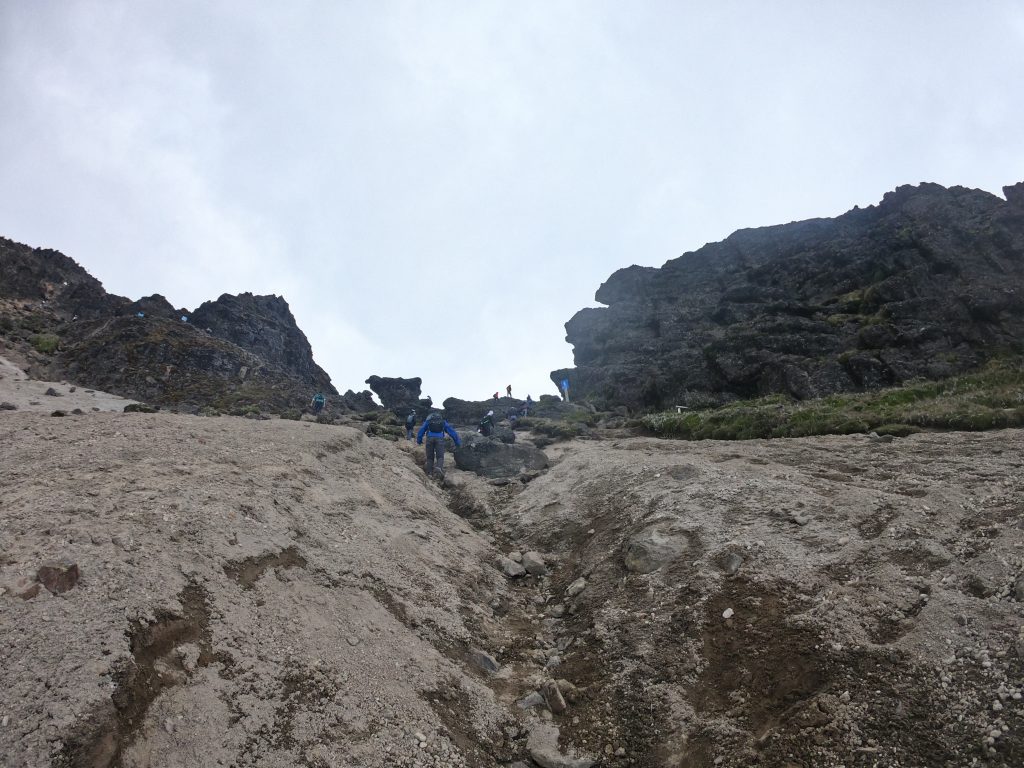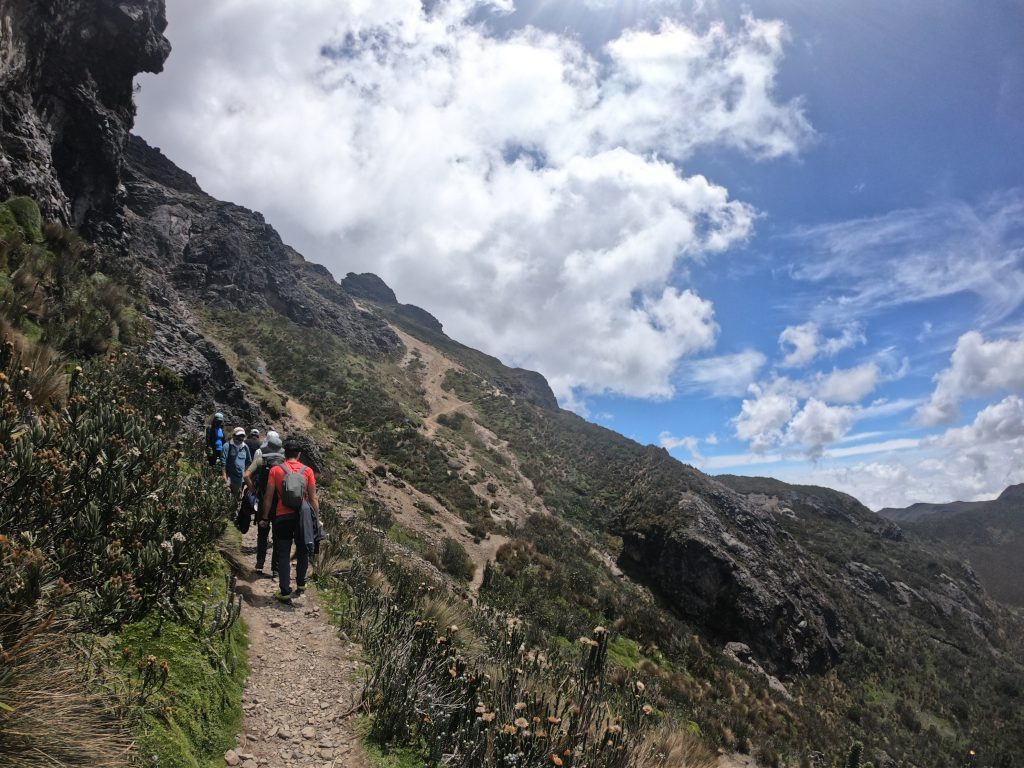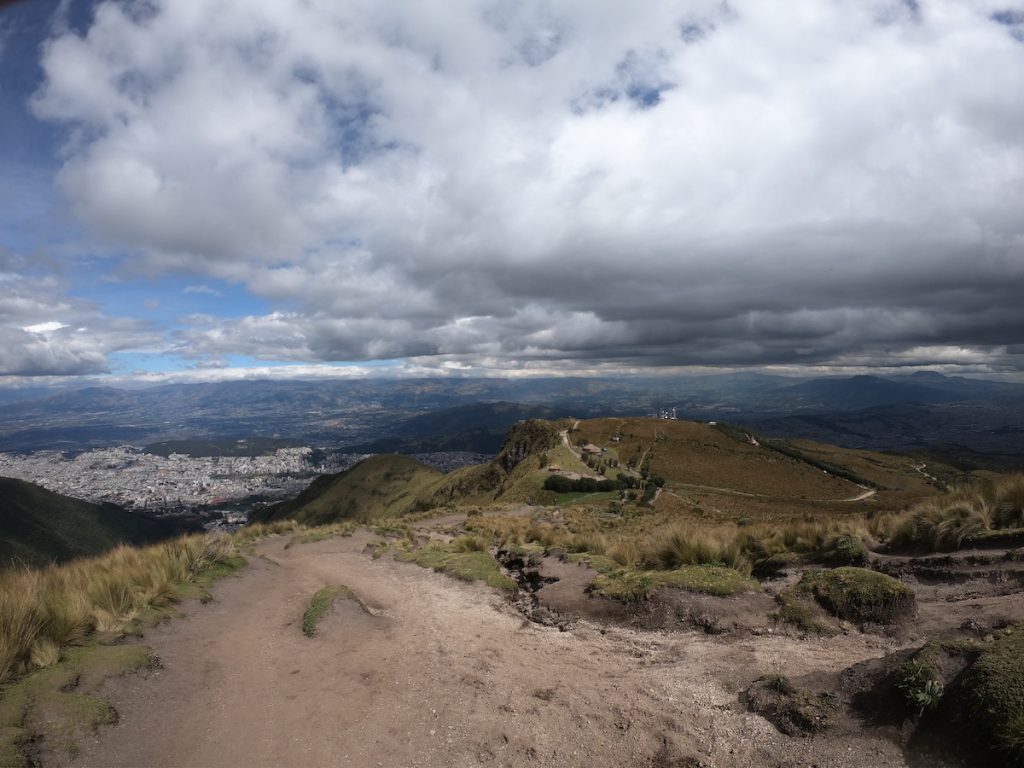The high elevation of Quito, along with other spots in Ecuador’s highlands, means thinner air, making our bodies work a little harder. My wife and I did notice a few minor effects at first, but with a bit of care, most people, including us, can adjust to the altitude shift without too much trouble.
Quito, the world’s second-highest capital, sits at an impressive 2,850 meters (or 9,350 feet) above sea level. The best part of this elevation is the pleasant, spring-like temperatures all year round. We’d both recommend taking ChlorOxygen a week or two before the trip to make it easier to manage the high altitude.
Even though Quito is only 25 kilometers from the equator, its high altitude kept us comfortable, free from the intense heat and humidity we later experienced in Guayaquil, Ecuador’s coastal city. This mild climate was a big bonus for our time here, giving us plenty of energy to explore.
When planning our trip to Quito, understanding what to expect with the altitude—and how to handle its effects—helped us make the most of our visit.
In this guide, we’ll go over what altitude sickness is, its symptoms, how to avoid it, and tips we found helpful for managing any discomfort. Preparing ahead of time can make a real difference, and we’re sharing what worked for us to help you enjoy your time in Quito to the fullest!
Looking back, handling Quito’s altitude required careful planning – from starting ChlorOxygen early to knowing how to pace activities. Skip the uncertainty I faced and get a FREE personalized Ecuador trip quote from my trusted local experts who know exactly how to help you acclimate safely and comfortably. Your booking helps support both this blog and local Ecuadorian communities.
Table of Contents
Plan perfect trip to Ecuador & Galapagos
I spent countless hours researching everything about traveling to Ecuador, and I created this blog for fellow travel enthusiasts who want the best, most reliable information. But if you want to save time, we’ve partnered with the top local agency to plan your dream trip.
Preparing for High Elevation in Quito
If you’re planning a trip to Quito, it’s definitely worth preparing ahead.
We can’t recommend ChlorOxygen, Chlorophyll Concentrate Softgels enough; they really helped us adjust to the altitude. We started taking them about two weeks before our trip, and it made a noticeable difference.
Building aerobic fitness is also a great way to get ready for Ecuador’s high altitudes. The stronger your lungs are, the easier it is to handle Quito’s thinner air. In the months leading up to our trip, we made an effort to spend more time on the treadmill, at aerobics classes, or just jogging outdoors. Getting your lungs (and legs) in shape helps you feel more prepared and makes for a more enjoyable experience overall.
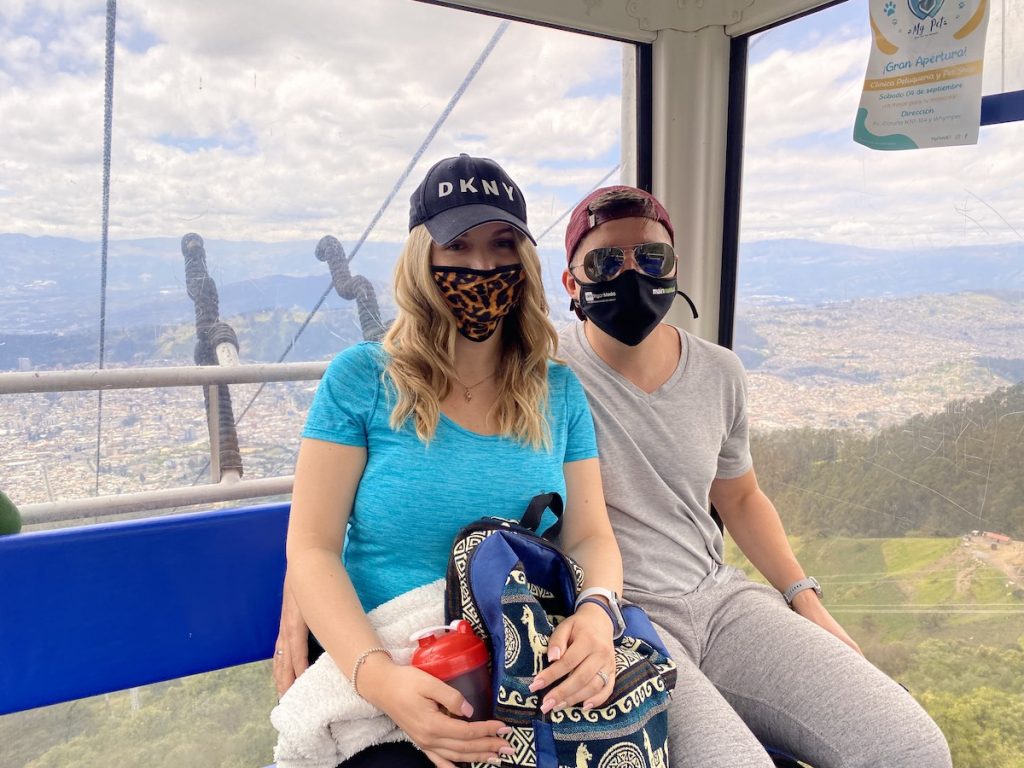
What is Altitude Sickness?
Locals refer to altitude sickness as Soroche, and even Ecuadorians can feel its effects when traveling from sea level up to Quito. While it’s a common concern, there’s generally no need to worry—altitude sickness in Quito is rare, and when it does occur, the symptoms are typically mild.
According to international health guidelines, altitude sickness can develop at elevations above 2,500 meters (8,200 feet), and Quito sits just 350 meters above that threshold. In our experience, we only had mild symptoms for a day or two, and many people, like us, don’t feel any negative effects from Quito’s elevation at all.
Symptoms of Altitude Sickness
Altitude sickness has a lot of symptoms that you may suffer if you arrive in Quito from a substantially lower altitude, which many people do.
- Headaches
- Sleeplessness
- Nausea
- Upset stomach
- Feeling lightheaded or dizzy,
- Running out of breath when ascending the stairs
- Decrease of appetite.
These symptoms are generally minor and usually last for a day or two.
Tips to Avoid Elevation Sickness
Do not worry about altitude sickness; most people’s symptoms are minimal and will not interfere with the fun of your vacation. To avoid or minimize the effects of altitude sickness, you may follow our tips below:
- We highly recommend start taking ChlorOxygen, Chlorophyll Concentrate Softgels 2 weeks prior to your trip to Quito
- Staying hydrated by drinking enough water is the best method to adjust rapidly to minor symptoms of altitude sickness.
- Alcohol will make you feel worse, so avoid it for a day or two. Eat small meals because large meals might aggravate nausea in certain people.
- You may need to use painkillers for headaches in some circumstances. Aspirin may be useful in alleviating the symptoms.
- Try not to do too much while you adjust to your new altitude. When individuals come and immediately go trekking in the mountains, they are more likely to encounter more severe symptoms, such as vomiting.
- Rushing out for a strong stroll is unlikely to make you feel wonderful, so avoid it.
- Aim for light, easy-to-digest meals, and avoid red meat for a day or two. Extra carbohydrates might also help you feel more energized if you’re tired.
- Avoid smoking so your lungs can concentrate on breathing in the thinner air.
- Allow yourself to rest and gradually acclimate to the shift and its consequences on your body.
- If you encounter more severe symptoms of altitude sickness, you should consult a doctor immediately and/or descend to a lower altitude.
Remedies for Altitude Sickness
Staying hydrated is essential for managing and preventing altitude sickness—drinking plenty of water can often relieve headaches and other symptoms. We also found that keeping some chocolate or sugary snacks on hand was helpful. Not only do they provide a quick energy boost, but they also lift your spirits, which is a nice bonus when adjusting to the altitude.
These over-the-counter medications may also help alleviate altitude sickness:
- Paracetamol, aspirin, and ibuprofen are examples of pain relievers. I would recommend taking ChlorOxygen 1-2 weeks ahead of the trip so it’s easier to deal with high altitudes.
- Diamox, an altitude drug containing acetazolamide.
- Oxygen inhalers might assist you in regaining your breath.
- Chlorophyll boosts the number of red blood cells in your body. The more red blood cells there are, the more opportunities for oxygen to be absorbed, thus, the effects of altitude sickness are reduced.
- Altitude sickness may be treated naturally with Coca tea, Gingko Biloba pills, and antioxidant vitamins C and E. Climbers have reported using all of these to naturally mitigate the effects of high altitude.
Trust me, while altitude needs consideration, knowing how to balance acclimatization with sightseeing makes all the difference! Want an expertly planned itinerary that lets you enjoy Quito’s highlights while adjusting to the elevation? Get a FREE quote from my recommended local agency. Your booking supports this blog and local Ecuadorian businesses.
Have questions about your upcoming Galapagos trip? Join my Galapagos Reddit community and ask other travelers who recently visited the islands. Get up-to-date tips, real experiences, and honest advice from other travelers (I ban tour agencies and resellers).
Sun Exposure at High Elevation in Quito
Sunburn was a real concern for us while visiting Ecuador, especially in high-altitude areas. Being close to the equator, combined with Quito’s high altitude, means constant, intense sun exposure that can quickly lead to a bad burn. We noticed that UV light exposure increases about 4% for every 300 meters (1,000 feet) of elevation.
My wife and I made sure to wear hats and UV-protected sunglasses and applied a high-SPF sunscreen multiple times a day. Even on overcast days, we found that the tropical sun could burn, so we didn’t take any chances!
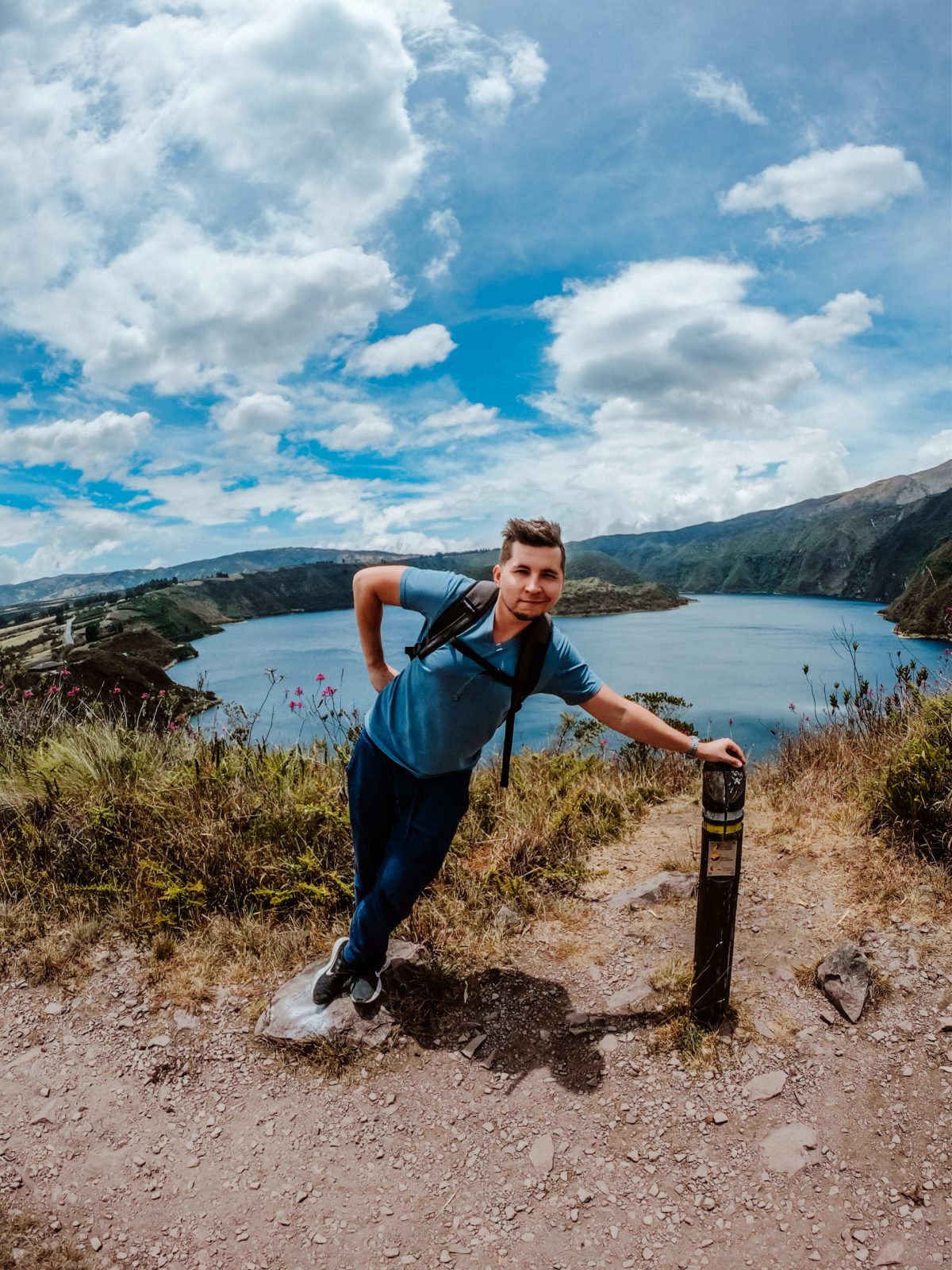
Planning trip to Ecuador?
My wife and I rented a car for 15 days and traveled from the northern part of Ecuador to the south, visiting amazing cities like Quito, Otavalo, Baños, Cuenca, and Guayaquil. Along the way, we explored iconic places such as Cotopaxi National Park, Quilotoa Lake, and many more breathtaking destinations.
Not many blogs cover traveling in Ecuador in detail, so I spent nearly three weeks creating this comprehensive Ecuador travel guide based on our trip. It’s packed with everything you need to know, and honestly, I consider it the best free travel guide about Ecuador out there.
If you’re planning a trip to Ecuador, don’t forget to use my link for discounted hotel prices through Booking.com. It’s a great way to support my blog while saving money on your accommodations!
Bottom Line
Quito’s altitude might seem intimidating, but most visitors experience only mild or no altitude sickness. We didn’t let it worry us too much, and with a few precautions, it was easy to adjust. Just follow our recommendations here, and you’ll have a smooth and enjoyable time exploring Quito, Ecuador.
Plan perfect trip to Ecuador & Galapagos
I spent countless hours researching everything about traveling to Ecuador, and I created this blog for fellow travel enthusiasts who want the best, most reliable information. But if you want to save time, we’ve partnered with the top local agency to plan your dream trip.

